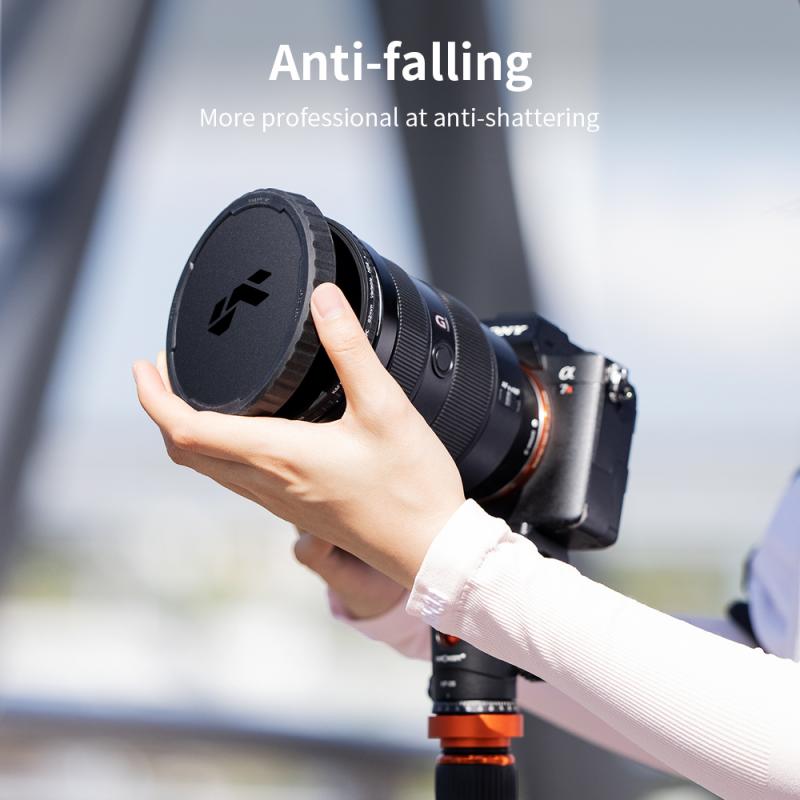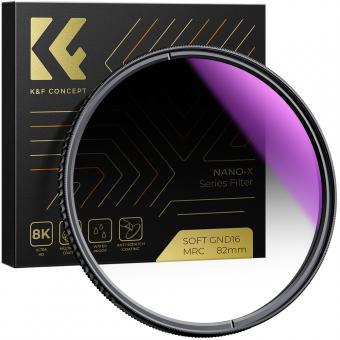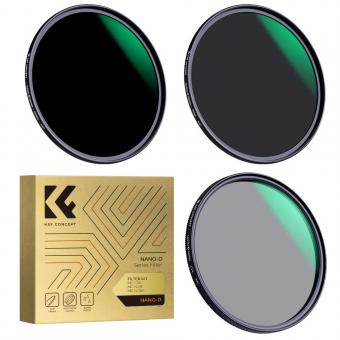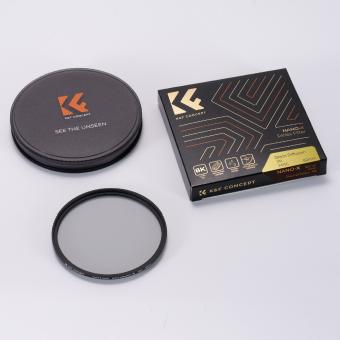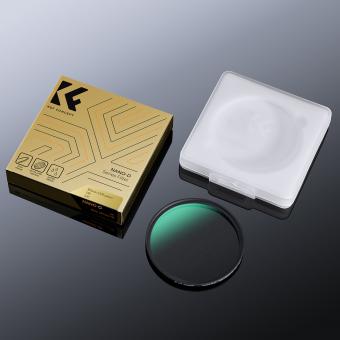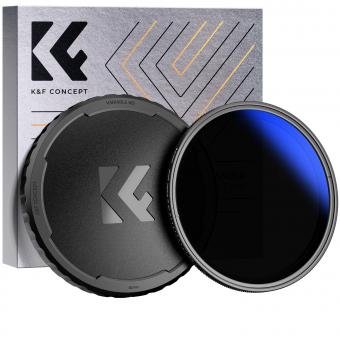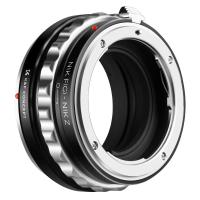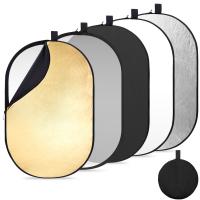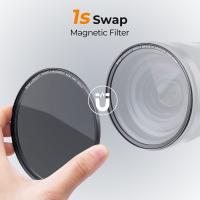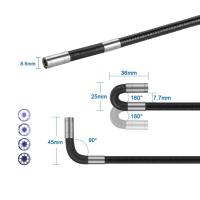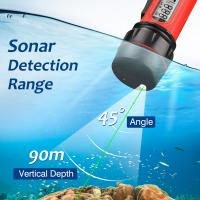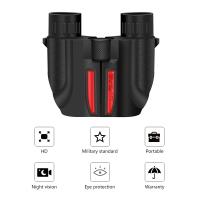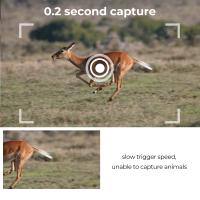Can You Get Graduated Neutral Density Round Filters ?
Yes, graduated neutral density round filters are available for photography purposes. These filters are typically circular in shape and have a gradient effect that helps balance the exposure between the bright and dark areas of a scene. They are commonly used in landscape photography to control the exposure of the sky while maintaining proper exposure for the foreground.
1、 Graduated Neutral Density (GND) Filters: Overview and Functionality
Yes, you can get graduated neutral density round filters. Graduated neutral density (GND) filters are essential tools for landscape photographers as they help to balance the exposure between the bright sky and the darker foreground. These filters are typically rectangular in shape, allowing the photographer to position the transition line precisely in the frame. However, round GND filters are also available in the market, offering a more convenient and user-friendly option.
Round GND filters are circular in shape and screw directly onto the front of the lens, just like regular circular filters. This makes them easier to use and eliminates the need for additional filter holders or adapter rings. They are available in various sizes to fit different lens diameters, making them compatible with a wide range of lenses.
The functionality of round GND filters remains the same as their rectangular counterparts. They have a gradient density that gradually transitions from dark to clear, allowing photographers to darken the bright areas of the image, such as the sky, while maintaining proper exposure in the rest of the scene. This helps to capture a more balanced and evenly exposed photograph.
Round GND filters are particularly useful when shooting with wide-angle lenses, as they provide a more seamless transition between the dark and clear areas of the filter. They are also compact and easy to carry, making them a convenient option for photographers who are always on the go.
In conclusion, round GND filters offer a practical and efficient solution for photographers looking to enhance their landscape photography. With their ease of use and compatibility with various lenses, they are a valuable addition to any photographer's gear.
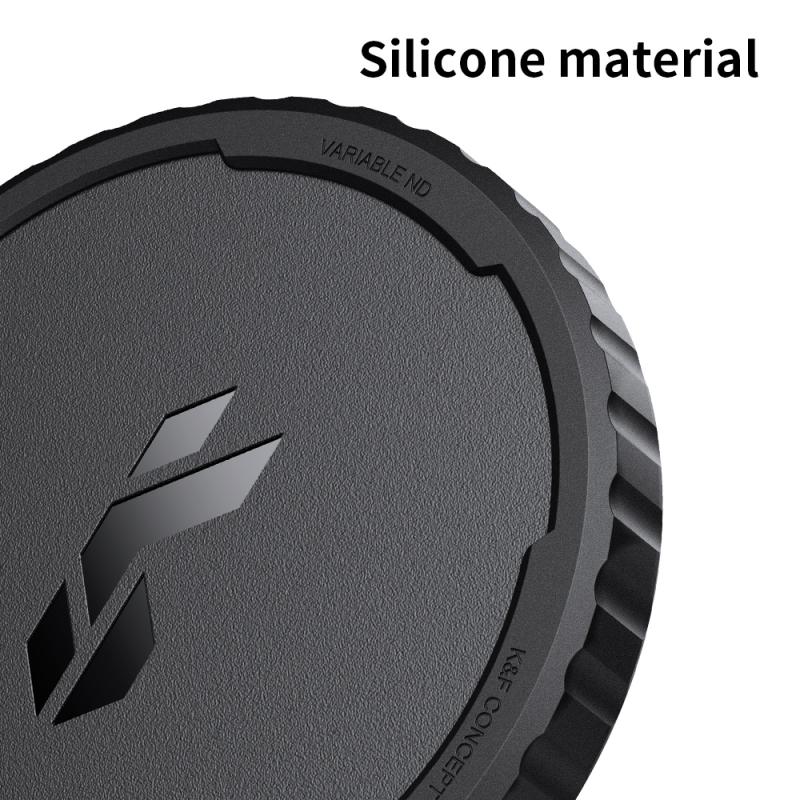
2、 Types of Graduated Neutral Density (GND) Filters
Yes, you can get graduated neutral density round filters. Graduated neutral density (GND) filters are essential tools for landscape photographers as they help to balance the exposure between the bright sky and the darker foreground. These filters are typically rectangular in shape, allowing the photographer to position the transition line precisely in the frame. However, round GND filters are also available in the market.
Round GND filters are circular in shape and screw onto the front of the lens, just like regular circular filters. They are designed with a gradient that transitions from clear to dark, allowing for a more natural and seamless blending of the exposure. Round GND filters are particularly useful when shooting with wide-angle lenses, as they can be easily rotated to position the transition line at any angle.
The advantage of round GND filters is their convenience and ease of use. They are compact, lightweight, and can be quickly attached or detached from the lens. Additionally, round GND filters are often more affordable compared to their rectangular counterparts.
It is worth noting that the popularity of round GND filters has slightly diminished in recent years due to the rise of digital post-processing techniques. Many photographers now prefer to use software tools to achieve similar effects in post-production. However, round GND filters still have their place in the photography world, especially for those who prefer to capture the desired effect in-camera and minimize the need for extensive editing.
In conclusion, while rectangular GND filters are more commonly used, round GND filters are also available and offer convenience and ease of use. The choice between the two ultimately depends on the photographer's preferences and shooting style.
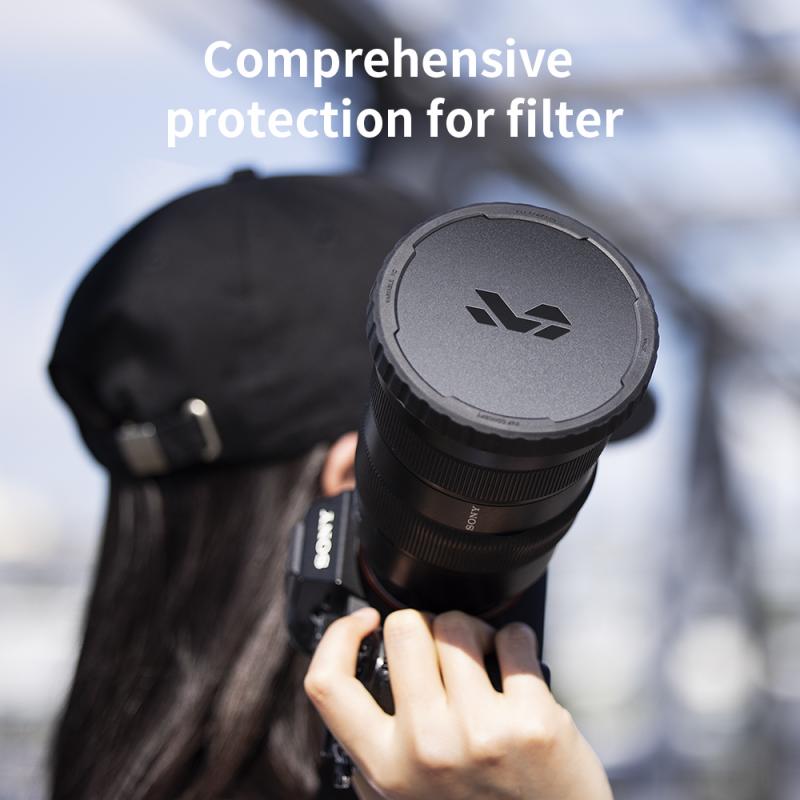
3、 Choosing the Right Graduated Neutral Density (GND) Filter Strength
Yes, you can get graduated neutral density (GND) round filters. GND filters are essential tools for landscape photographers as they help balance the exposure between the bright sky and the darker foreground. These filters are available in both square and round formats, allowing photographers to choose the option that best suits their needs.
Round GND filters are typically screw-on filters that attach directly to the front of the lens. They are convenient to use and require no additional filter holder system. Round GND filters come in various strengths, usually measured in stops, such as 1-stop, 2-stop, or 3-stop filters. The strength of the filter determines the amount of light that is blocked in the graduated portion of the filter.
Choosing the right GND filter strength depends on the specific scene and the desired effect. A 1-stop filter is suitable for scenes with a relatively balanced exposure between the sky and the foreground. A 2-stop or 3-stop filter is ideal for scenes with a significant difference in brightness between the sky and the foreground.
It is important to note that the latest point of view on GND filters suggests that photographers should also consider using digital post-processing techniques to achieve similar effects. Software tools like Adobe Lightroom or Photoshop offer powerful tools for adjusting exposure and balancing the brightness in different areas of an image. This allows for more flexibility and control in achieving the desired effect, without the need for physical filters.
Ultimately, the choice between using round GND filters or relying on post-processing techniques depends on personal preference and shooting style. Some photographers prefer the convenience and immediate results of using physical filters, while others prefer the flexibility and control offered by digital post-processing.
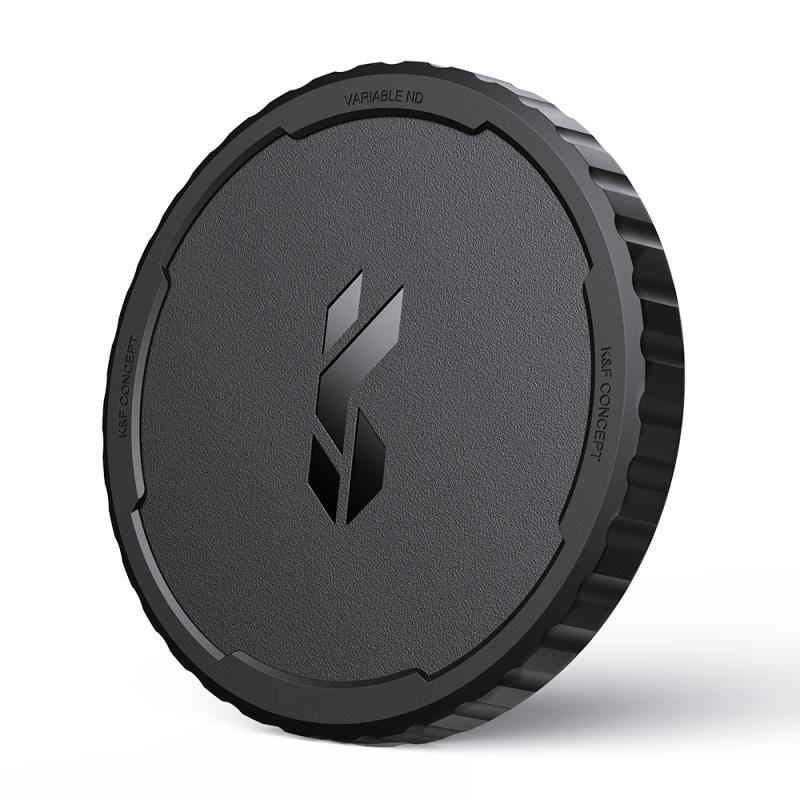
4、 Techniques for Using Graduated Neutral Density (GND) Filters
Yes, you can get graduated neutral density (GND) round filters. GND filters are essential tools for landscape photographers as they help to balance the exposure between the bright sky and the darker foreground. These filters are available in both square and round formats, each with its own advantages.
Round GND filters are typically screw-on filters that attach directly to the front of your lens. They are convenient to use and require no additional filter holder system. Round GND filters come in various sizes to fit different lens diameters, making them versatile and compatible with a wide range of lenses.
When using round GND filters, it is important to position the transition line of the filter correctly in your composition. This can be a bit challenging as the transition is fixed and cannot be adjusted like with square GND filters. However, with practice and careful composition, round GND filters can still be effective in balancing exposure.
It is worth noting that square GND filters offer more flexibility as they can be adjusted vertically to align with the horizon or any other desired transition line. They also allow for stacking multiple filters or using different filter types simultaneously. However, square filters require a filter holder system, which can be bulkier and more expensive compared to round filters.
In recent years, advancements in post-processing software have provided photographers with more options for balancing exposure in landscape photography. Techniques such as exposure blending and HDR imaging have become popular alternatives to using physical GND filters. These methods allow for more precise control over exposure and can often produce more natural-looking results.
Ultimately, the choice between using round GND filters, square GND filters, or post-processing techniques depends on personal preference, shooting conditions, and desired outcomes.
